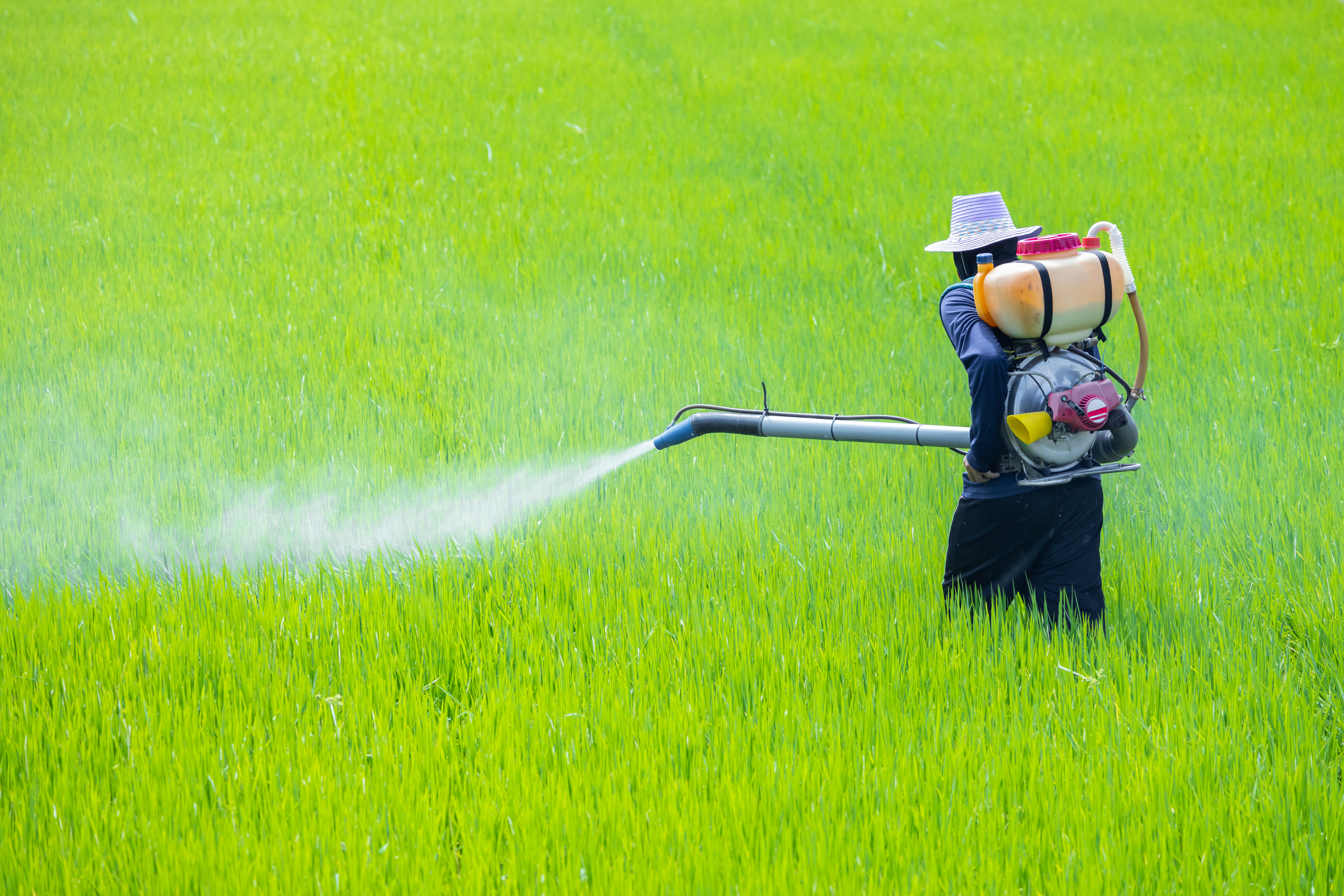10 Subtle Signs of Childhood Cancer Every Parent Should Never Ignore
3. The Role of Environmental Factors: Hidden Dangers

Environmental factors can contribute to childhood cancer risks, with exposure to certain chemicals and pollutants being a concern. Parents should be aware of potential hazards in their surroundings, such as secondhand smoke, pesticides, and industrial pollutants. These environmental toxins can have a cumulative effect on a child's health, potentially increasing cancer risk. It's important for parents to advocate for a safe living environment, minimizing exposure to harmful substances whenever possible. This may involve making lifestyle changes, such as using natural cleaning products and ensuring proper ventilation in the home. Additionally, parents should be mindful of the impact of radiation exposure, particularly from medical imaging procedures. While necessary in some cases, excessive exposure to radiation can increase cancer risk. Parents should discuss the necessity and frequency of such procedures with healthcare providers, weighing the benefits against potential risks. By understanding and mitigating environmental factors, parents can reduce their child's exposure to potential carcinogens, contributing to a healthier environment and lowering cancer risk.
4. The Importance of Regular Check-Ups: Proactive Health Monitoring

Regular medical check-ups are a cornerstone of proactive health management, offering an opportunity for early detection of potential issues. Pediatricians are trained to recognize signs that may not be apparent to parents, making routine visits essential. During these check-ups, healthcare providers can monitor growth, development, and any unusual symptoms, providing a comprehensive assessment of a child's health. Parents should ensure that their child receives all recommended screenings and vaccinations, as these are vital components of preventive care. In addition to traditional check-ups, parents should consider specialized screenings if their child is at increased risk for certain cancers. This may include blood tests, imaging studies, or genetic testing, depending on the child's medical history and family background. By maintaining a schedule of regular medical visits, parents can ensure that any potential issues are identified and addressed promptly. This proactive approach not only aids in early detection but also fosters a strong partnership between parents and healthcare providers, enhancing the overall care of the child.
